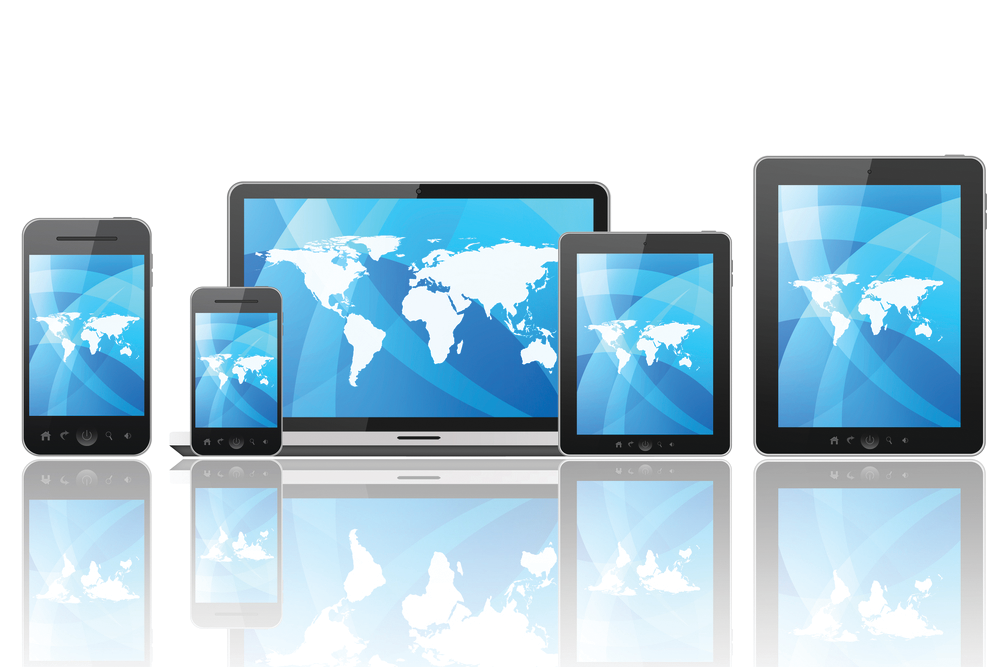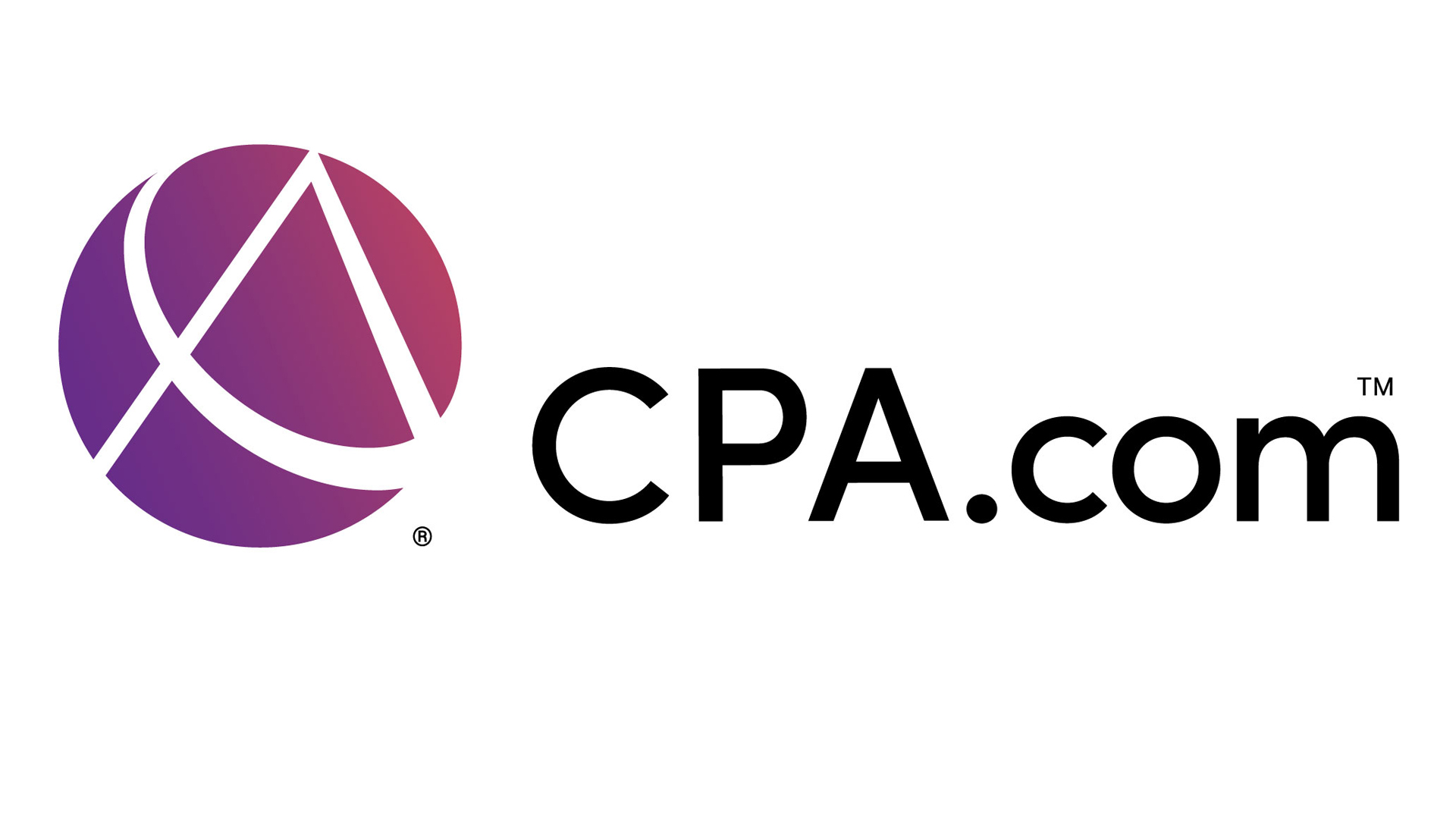From the Nov. 2013 issue.
Many of us spend the majority of our time in the office with a few meetings around town. Others are road warriors that spend much of their life on the road and in hotels. And a few of you just attend a few meetings a year remotely or go on vacation where you’d like a little bit of access while you are out of the office. Whether you are attending a family event at a public venue, or meeting with a client, consider what you are taking with you.
The right technology sends a message and the wrong technology, particularly too much of it, also sends a message that you might not want to have delivered. Over the last five years we have encouraged you to use tablets and smartphone technology, but has that trend shifted?
What Device Fits?
Portable devices are getting both larger and smaller. For example, we are beginning to see smartphones that double as tablets, also called phablets, that have screen sizes from 5.5-6.3 inches. Some of the formats are so large, it almost takes two hands to hold the device up to your ear to make a call. Of course the assumption is that you’ll use headsets or some other wearable technology with the phone, but why bother with such a large device?
A benefit to a large smartphone/phablet is that it has a very large, very easy to view screen. Phablets often have the ability to record handwritten notes. A disadvantage is that phablets don’t conveniently fit in a pocket or purse. Is this device large enough to be the only thing you need for a meeting? Designers like Samsung and LG think so.
On the other hand, small devices might have a place for you. You may be forced to carry more add-ons to make them more usable. For example, when I carried an iPhone and a large format iPad, I discovered that it was useful to have a headset, a MIFI unit, as well as my computer. Each product did a different job for me, and I found the small screen size of the iPhone 5 restrictive.
When I began carrying touch screen UltraBooks in late 2012, I realized that I less frequently used my iPad. Today, I only carry an Apple iPad mini for demonstration purposes. I rarely find a purpose to use the device, an apostasy to many, I’m sure. The key to using mobile technology is not what I think works, but works for you and your team. Let’s try a few examples to help.
Different Ways to Work Determine What is Carried
Some small to medium businesses (SMB) use mobile technologies extensively for their work. They can invoice, accept payments, make appointments, provide quotations and in general do their entire job from a few mobile applications. Even payroll can be approved while mobile with applications like those from ADP. We see situations where the SMB team members live entirely off of phones or tablets and don’t really have a lot of need for traditional computers. As long as there is not extensive data entry, mobile phones and tablets accomplish most tasks of SMB and home users. Note that very little has to be taken with you to complete these tasks.
As you see in separate articles in this issue, Doug Sleeter has awarded his Awesome Apps for QuickBooks. I enjoy following Doug’s opinions in this area because many of the products allow for mobile use of QuickBooks, integrate applications together, provide reporting, or solve a specific problem related to small business accounting and/or QuickBooks. Many of these apps are mobilized to work from a phone or tablet. Note that you don’t have to take a lot of items with you to use most of these Apps.
Document Management in the Cloud is another example of an app that can run acceptably from a smartphone or a tablet. If you want to review a few documents from GoFileRoom or SmartVault, it is fairly effective to look these up on your tablet, probably a little less effective on your smartphone, and not too bad on a phablet. If your intent is to have access to a collection of applications and some documents to support them, document management in the cloud might be an option for you. Workflow products like XCM have updated their products to be optimized for cell phones to allow managers and partners to approve workflow from a cell phone.
This gives you the opportunity to keep work moving while you are waiting in a line or for an appointment. Note that the size of your portable device may determine how effective working with documents in the cloud are for you.
Time and Billing systems may make sense to have mobilized and they may not. If you have people that constantly work out of the office, logging the start and finish of a project may help you capture billable information that would be less convenient to capture if the team member had to return to the office.
On the other hand, if your focus is around projects completed in the office, there is marginal value to having your time and billing system mobilized. But just like XCM, if you need to approve work, want to see the status of an engagement, desire to record expenses or time, a mobile app may be just the thing to keep you effective and efficient. Thomson’s Mobile CS app is a good example of this. Depending on your style and use of time and billing systems, mobile technology may apply in a big way or not at all.
So Can We Lose Weight?
Look at what you take with you today. Think about your last 90 days or so. Have you been caught out of the office without something you needed? We don’t want to “be prepared” for all situations like the scouts, but simply don’t want you to waste time and have sufficient tools for most situations. Do you carry chargers and other products “just in case”? Perhaps buying a charger for your home, keeping a universal charger in your car and keeping the original charger at the office would solve this issue, eliminating all of these products being carried.
The bigger issue might be an analysis of the situations where a tablet can be used, and where would a computer be more appropriate? UltraBook computers are much lighter than traditional notebooks and most weigh about the same as an iPad with a keyboard. The Microsoft Surface Pro is seeing notable adoption among professionals who want all the functions of a computer and the ability to run Windows applications in a tablet format.
A Surface Pro provides a comparable sized screen to a large tablet and is much thinner and lighter than an iPad with a keyboard. When I sit in meetings with thought leaders around the country I note how many UltraBooks and Microsoft Surface units are in use, and how few iPads with keyboards are in use. When asked why, universally the response is that the product does ALL the jobs they need, and eliminated carrying multiple devices. In so many words, they have lost weight! Should you consider losing weight before the new year?
Thanks for reading CPA Practice Advisor!
Subscribe Already registered? Log In
Need more information? Read the FAQs
Tags: Accounting, Firm Management, Technology





